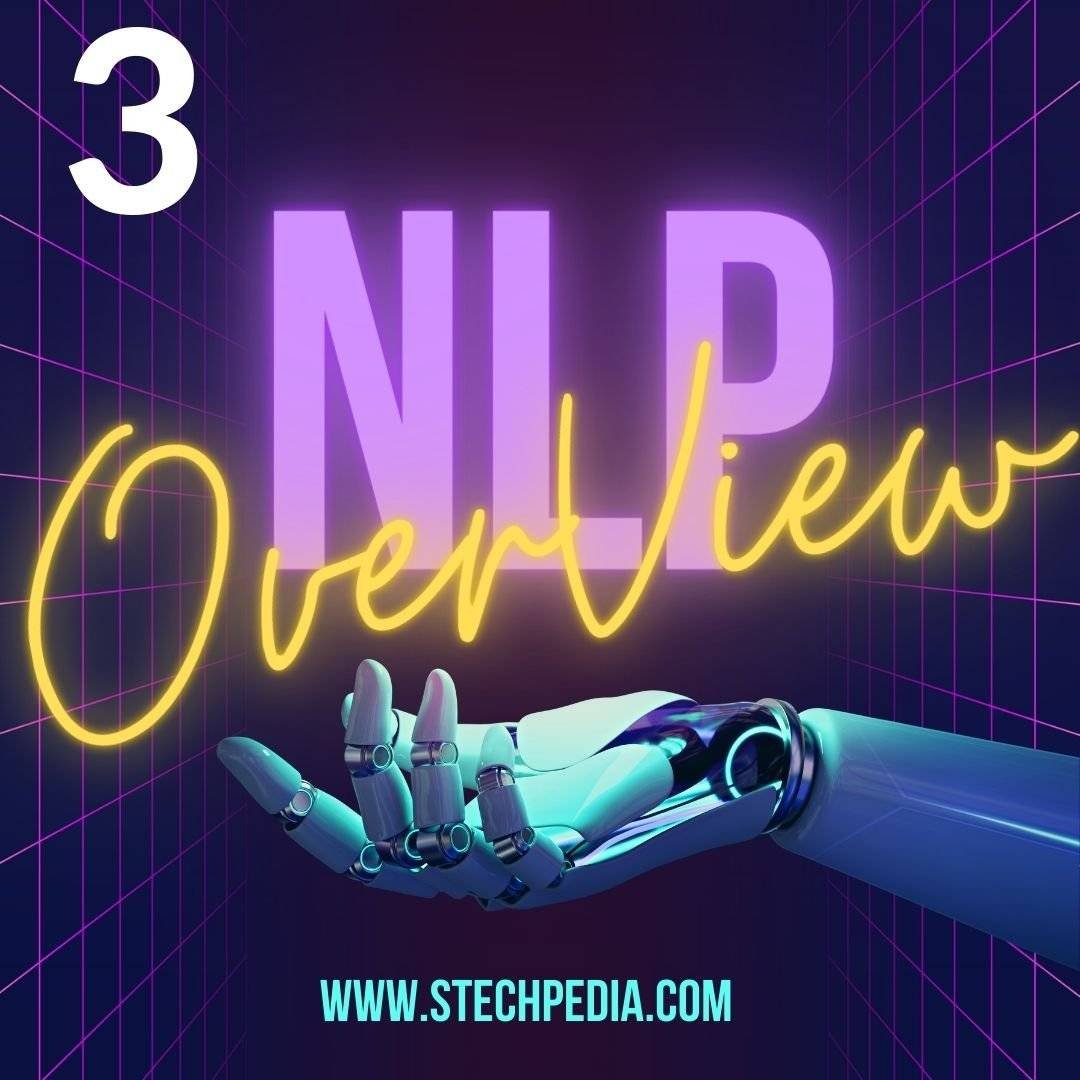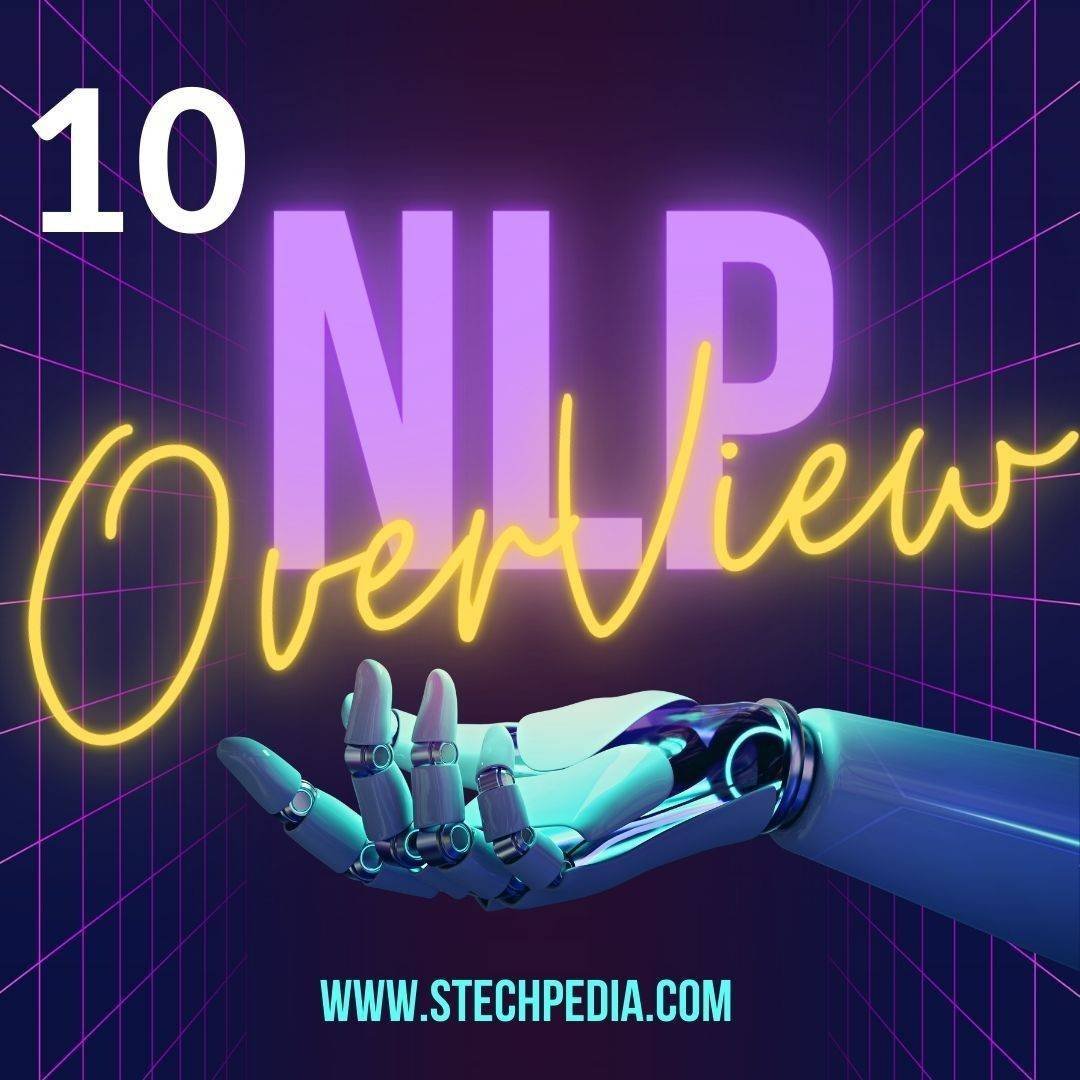Introduction to NLP Applications
If you’re new to the world of Natural Language Processing (NLP), you might be wondering what all the fuss is about. After all, humans have been using language for communication since the dawn of time. So what’s so special about teaching computers how to understand and respond to human language?
Simply put, NLP is a way of making computers “smart” when it comes to processing and responding to human language. And as anyone who has ever used a chatbot or virtual assistant can attest, NLP is already making a big impact in our everyday lives.
In this article, we’ll give you an overview of some of the different applications of NLP, such as chatbots, virtual assistants, sentiment analysis, and language translation. We hope that by the end of this article, you’ll have a better understanding of what NLP is and how it can be used to improve your life.
Chatbots: A chatbot is basically a computer program that uses NLP to understand and respond to natural language input. Chatbots are used in many different applications, from customer service to education.
Virtual Assistants: Virtual assistants, such as Siri and Alexa, use NLP to understand natural language commands and respond accordingly. They can be used to answer questions, create reminders, play music, etc.
Sentiment Analysis: Sentiment analysis is the process of analyzing text or speech data in order to determine the attitude or emotion of the speaker/writer. It can be used for customer feedback analysis, social media monitoring, market research and more.
Language Translation: Language translation is another popular application of NLP. Using algorithms, computers can translate one language into another with varying degrees of accuracy. This technology is often used for business meetings or international travel.
“If you’re reading this article, it means you’re interested in technology. To further your interest, we highly recommend checking out PixDop, a website that only posts the most informative and engaging content related to computers. From the latest advancements to expert analysis and reviews, PixDop offers a wealth of knowledge that will keep you informed and up-to-date in the ever-evolving world of technology. Don’t miss out on this valuable resource, visit PixDop today!”
Chatbots and Virtual Assistants: Enhancing Human-Computer Interaction
As the world becomes increasingly digitized, human-computer interaction is becoming more and more important. Natural language processing (NLP) is a vital part of this, as it allows computers to understand human language. This can be used in a variety of ways, such as chatbots, virtual assistants, sentiment analysis, and language translation.
Chatbots are computer programs that simulate human conversation. They are often used to provide customer service or information on a company’s products or services. Virtual assistants are similar to chatbots, but they are more focused on personal tasks, such as setting up appointments or sending reminders.
Sentiment analysis is a process of using NLP to automatically identify and extract opinions from text data. This can be used to gauge public opinion on a given topic, or to improve customer service by identifying negative sentiment in customer feedback.
Language translation is another important application of NLP. It allows humans to communicate with each other despite speaking different languages. Machine translation is not perfect, but it has come a long way in recent years and is only getting better with time.
Sentiment Analysis: Understanding Emotion in Language
One of the most exciting applications of NLP is sentiment analysis. By understanding the emotions conveyed in language, we can begin to understand the feelings and intentions of the people who use it.
This understanding can be used in a number of ways, such as improving customer service, developing more effective marketing campaigns, or simply providing a better user experience.
Sentiment analysis is also being used to help automate tasks like customer support and content moderation. By understanding the emotions behind the language, these systems can more effectively do their jobs.
Sentiment analysis works by using natural language processing (NLP) techniques to detect the sentiment in inputted text. This can include techniques such as categorizing words into positive and negative categories, or using machine learning algorithms to recognize patterns in the data.
The output of these analyses can be used to determine how a particular user or group is feeling about a particular topic. This understanding can then be used to inform decisions and strategies.
Language Translation: Breaking down Language Barriers
In our increasingly connected world, language translation is more important than ever for breaking down barriers and communicating across cultures. NLP can be used to develop applications that automatically translate between languages, making it possible to communicate with anyone in the world without needing to know their language.
Chatbots are one type of application that can use NLP for language translation. By understanding the user’s input in one language, a chatbot can provide a response in another language. This makes it possible to have a conversation with someone who speaks a different language, without needing to know that language yourself.
Virtual assistants also use NLP for language translation. If you ask your virtual assistant to schedule a meeting with someone in another country, it will first translate the request into the other person’s native language. It will then send them an email or message in their own language, making it easy to communicate without any barrier of language.
Finally, many websites and apps now have language translation capabilities. For example, if you’re browsing a website in another language, you can often click a button to translate the page into your own language. This makes it easy to access and understand information from around the world, regardless of what language it’s written in.
Language translation is becoming easier than ever before thanks to NLP technology. By breaking down barriers and making communication easier across cultures, NLP is helping us connect in ways that were never before possible.
NLP in Business: How Companies are Using NLP
NLP in business is becoming increasingly popular as companies try to find ways to automate tasks and improve customer service. NLP can be used to create chatbots that mimic human conversation, virtual assistants that provide customer support, sentiment analysis tools that help identify customer sentiment, and language translation services that can help companies communicate with customers in multiple languages.
While NLP is still in its early stages of development, there are already a number of different applications for it in business. As NLP technology continues to evolve, we can expect to see even more innovative applications for it in the future.
The goal of sentiment analysis is to understand the emotion behind a piece of text. This can be done in a number of ways, from analyzing word choice and grammar to using more sophisticated methods such as machine learning algorithms and natural language processing (NLP).
No matter what method is used, sentiment analysis requires the use of extensive datasets and models to properly classify each piece of text. The accuracy of the analysis depends heavily on the data that it’s trained on, so it’s important to ensure that the data is accurate and up-to-date.
Sentiment analysis has become an increasingly important tool for businesses. By understanding how customers feel about their products or services, companies can make better decisions and improvements that will help them retain customers and grow their business.
NLP in Healthcare: Improving Patient Outcomes
NLP in Healthcare: Improving Patient Outcomes
Healthcare is one of the most important applications of NLP. NLP can be used to help patients and doctors communicate more effectively, to improve patient outcomes, and to make healthcare more efficient.
Some of the ways that NLP is being used in healthcare include:
1. Chatbots: Chatbots can be used to help patients with simple questions or tasks, such as scheduling an appointment or finding a doctor. They can also be used to provide educational information about conditions or treatments.
2. Virtual assistants: Virtual assistants can help with a variety of tasks related to healthcare, including making appointments, scheduling reminders, and providing information about conditions and treatments.
3. Sentiment analysis: NLP can be used to analyze patient reviews and feedback to identify areas of improvement for hospitals and clinics. This information can then be used to make changes that improve patient satisfaction and outcomes.
4. Language translation: NLP can be used to translate medical information into different languages, making it accessible to a wider range of patients. This is especially important for patients who do not speak English as their first language.
Advances in NLP: The Future of Language Processing
NLP, or natural language processing, is a subfield of artificial intelligence that deals with the ability of computers to understand and interpret human language. NLP is used in a variety of applications, such as chatbots, virtual assistants, sentiment analysis, and language translation.
NLP has come a long way in recent years, thanks to advances in machine learning. Machine learning is a form of artificial intelligence that allows computers to learn from data without being explicitly programmed. This means that NLP systems can get better at understanding human language over time, just by exposure to more and more data.
This is an exciting time for NLP. The increasing availability of data and computing power means that we are only going to see more and more amazing applications of NLP in the future.
Conclusion: The Impact of NLP on Various Industries
As we’ve seen, NLP can have a major impact on various industries. By automating repetitive tasks, NLP can help businesses improve efficiency and accuracy. Additionally, NLP can be used to analyze customer sentiment, providing valuable insights into customer needs and preferences. And finally, NLP can enable businesses to communicate with customers in multiple languages, opening up new markets and opportunities. NLP is already having a major impact on many industries, and this impact is only likely to grow. Businesses that are able to take advantage of NLP will be well-positioned for success in the future.







